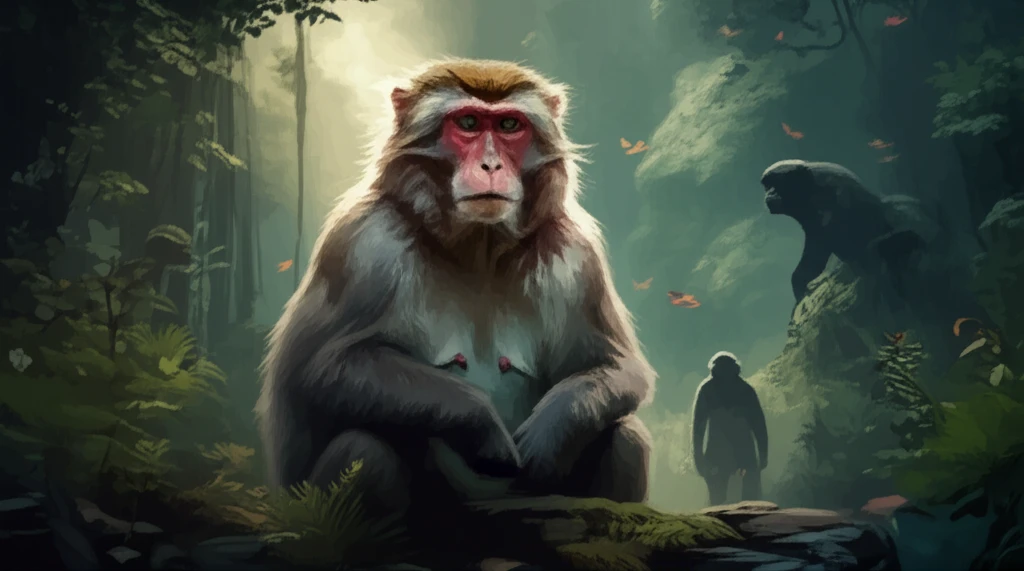
The Monkey Puzzle: Japan's Battle Against Invasive Species and the Future of Biodiversity
"From Snow Monkeys to Invasive Primates: How Japan is Tackling the Challenge of Maintaining Ecological Balance"
Japan, a nation celebrated for its stunning natural beauty and unique ecosystems, faces a persistent challenge: the encroachment of invasive species. These non-native organisms disrupt the delicate balance of local environments, threatening native flora and fauna. Among the most intriguing cases are those involving primates, particularly the complex management of both native and introduced monkey populations.
This article dives into the heart of Japan's struggle to protect its biodiversity from the impact of invasive species, with a focus on the primates. We'll explore the ecological challenges posed by these species, the measures being taken to control them, and the broader implications for conservation efforts and the preservation of Japan's rich natural heritage.
From the iconic snow monkeys of the Japanese Alps to the invasive macaques and macaques of other regions, the stories of these creatures highlight the interconnectedness of ecosystems and the critical need for sustainable management practices. Join us as we unravel the intricacies of this environmental saga, providing insights into the strategies that are shaping the future of Japan's natural world.
The Impact of Invasive Species: A Threat to Native Ecosystems

Invasive species, such as the invasive primate populations, pose significant threats to native ecosystems. These species often outcompete native wildlife for resources like food and shelter. They may also prey on native species or transmit diseases, leading to declines in native populations.
- Competition for resources: Invasive species often exploit resources more efficiently than native species.
- Predation: Some invasive species prey on native wildlife.
- Disease transmission: Invasive species can carry diseases that native species are not equipped to fight.
- Habitat alteration: Invasive species can change habitats, making them unsuitable for native species.
Looking Ahead: The Future of Conservation in Japan
The challenges of managing invasive species and protecting biodiversity in Japan are ongoing. The commitment of researchers, policymakers, and local communities will be essential. Japan's ability to protect its natural heritage will rely on adopting comprehensive and adaptable strategies. The stories of the monkeys demonstrate the necessity of ecological awareness.
